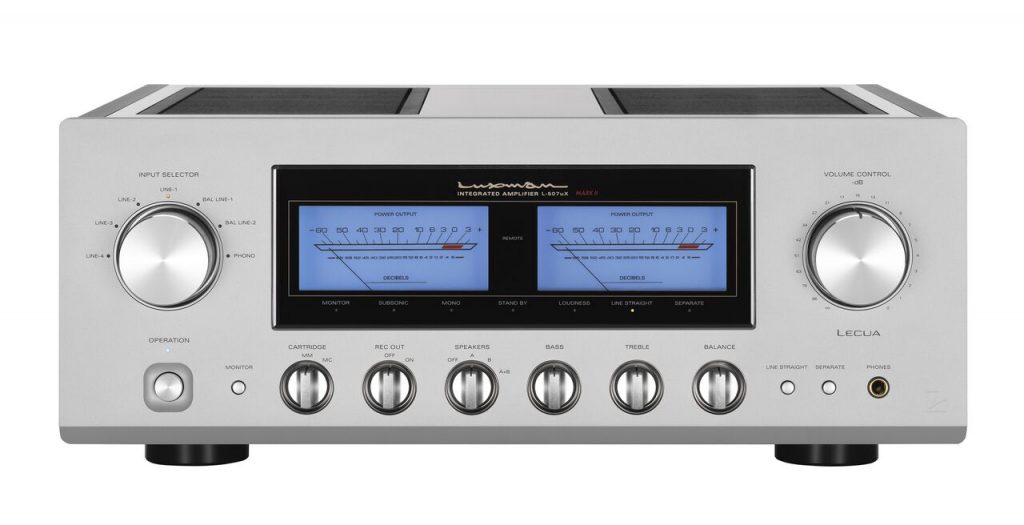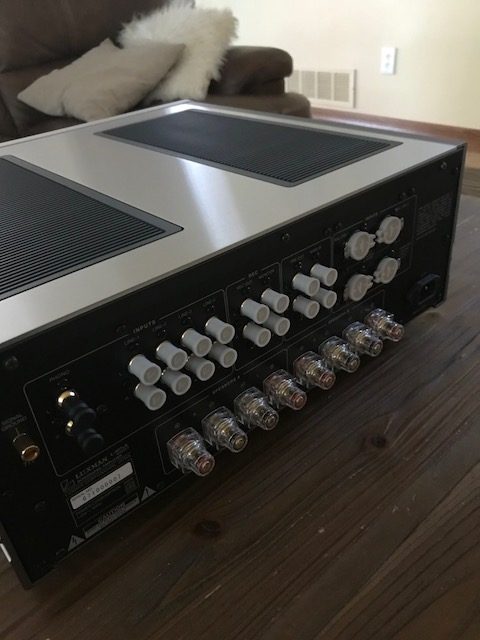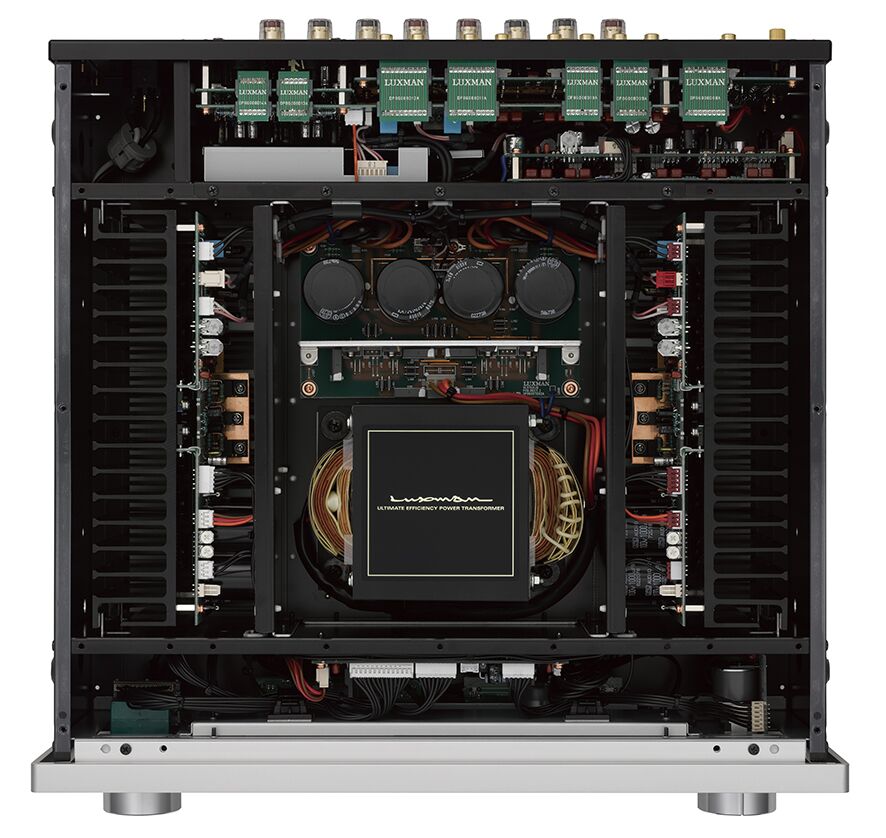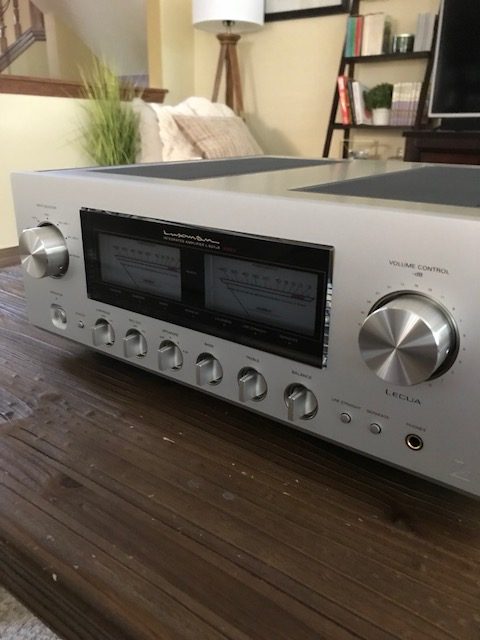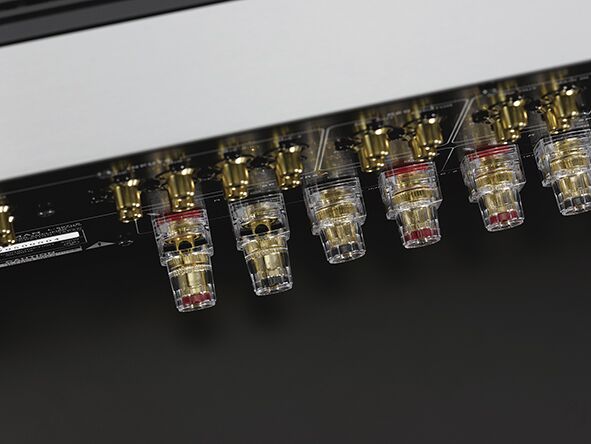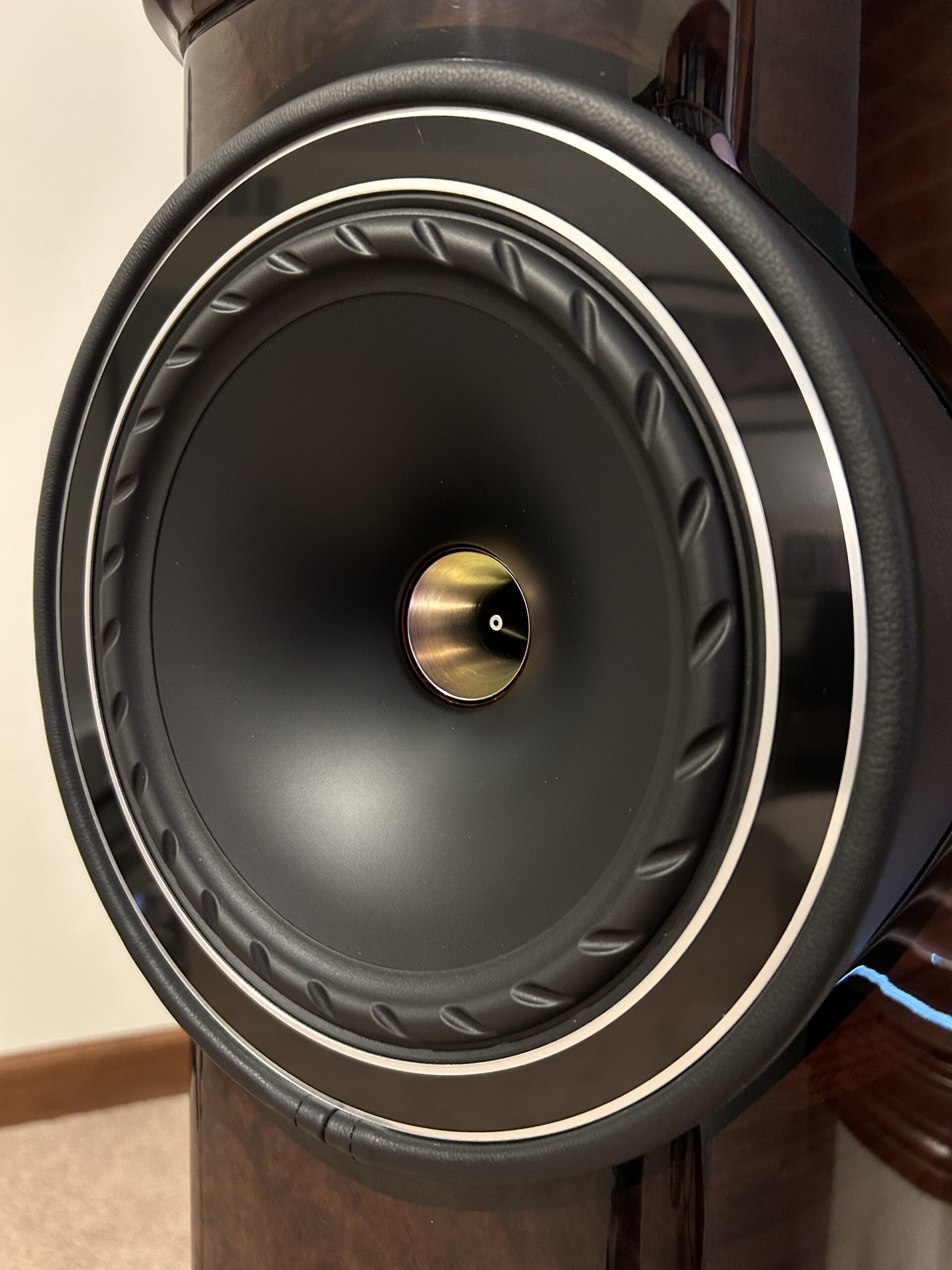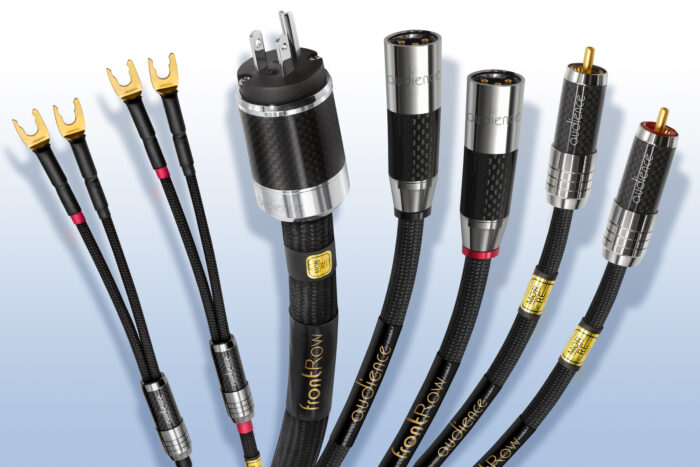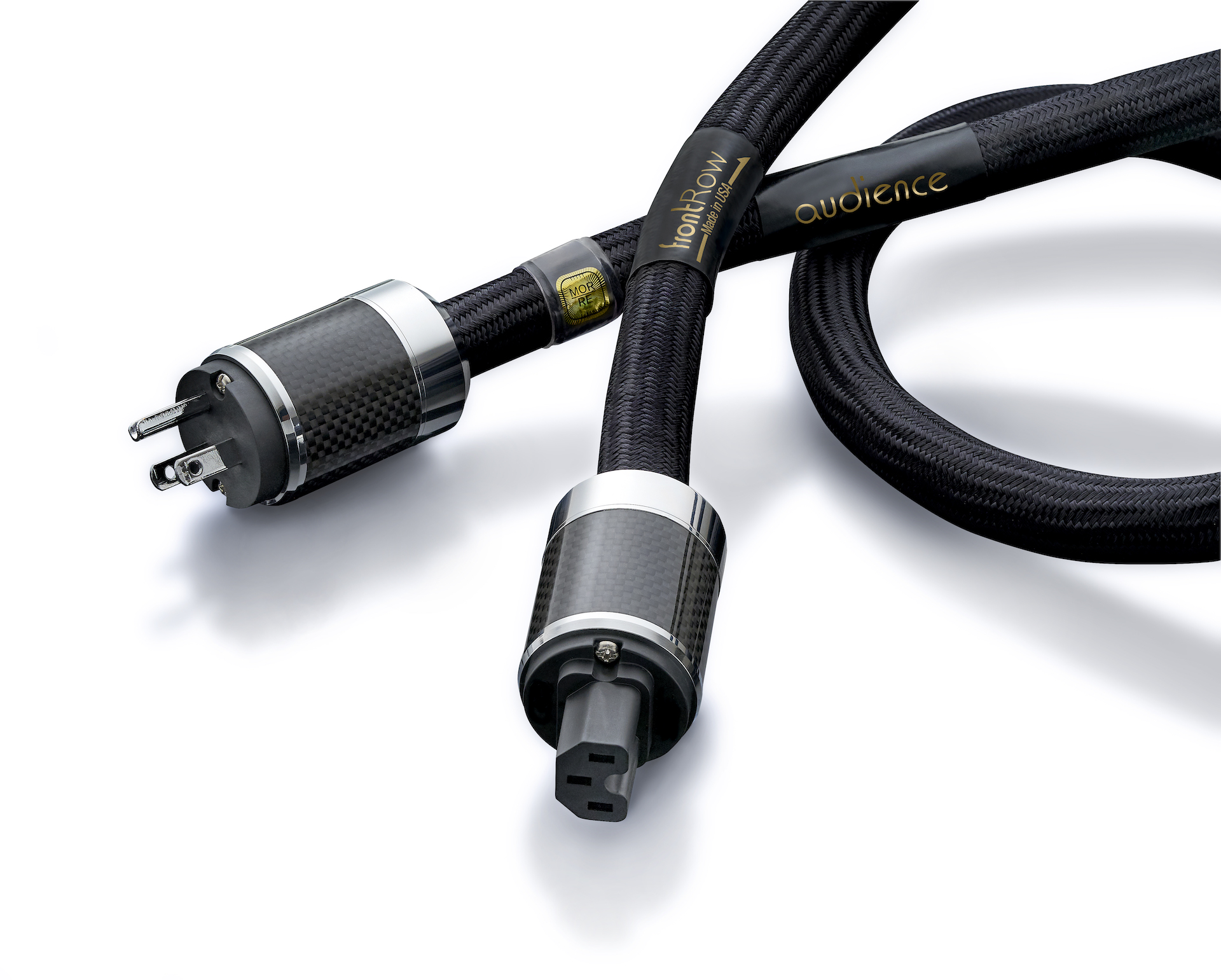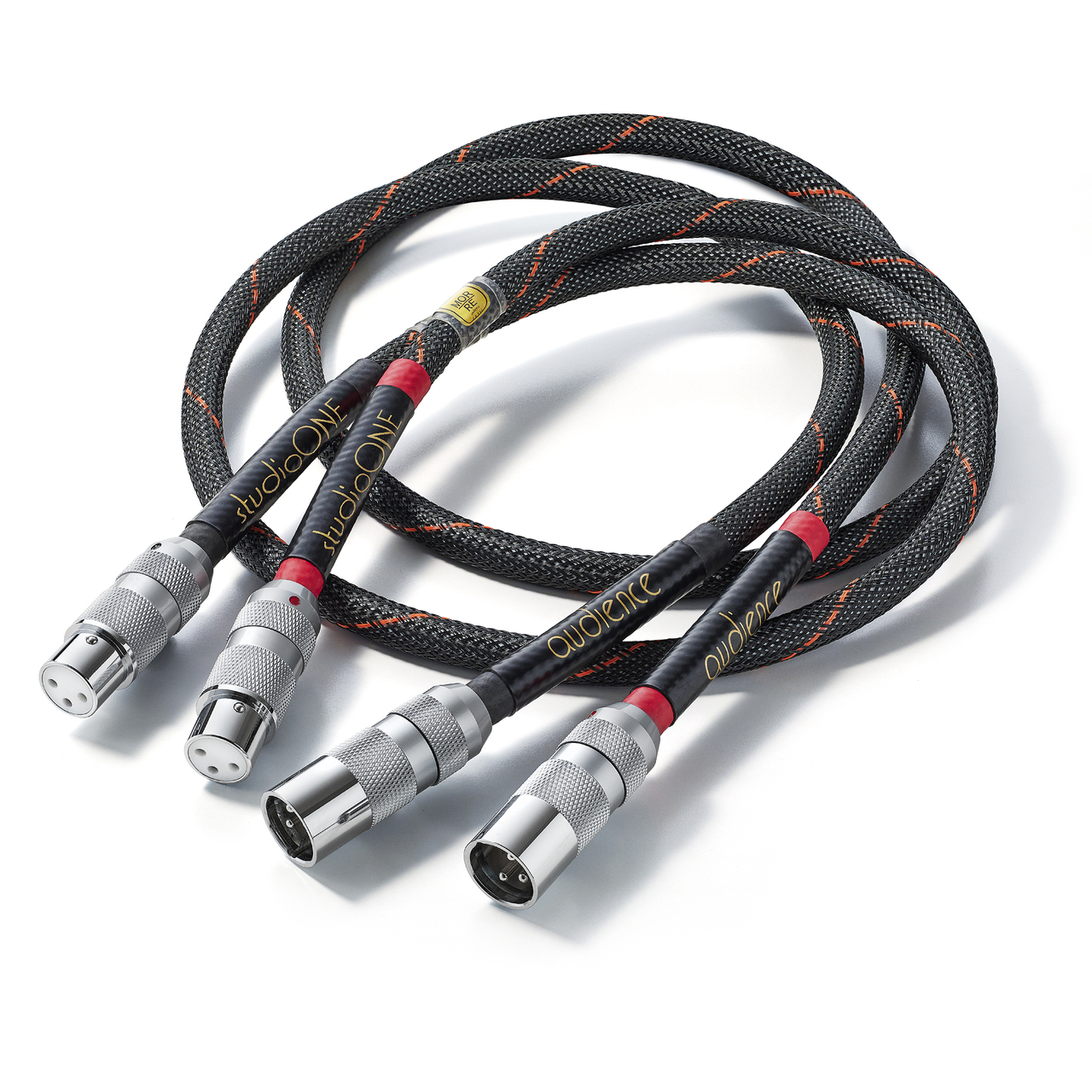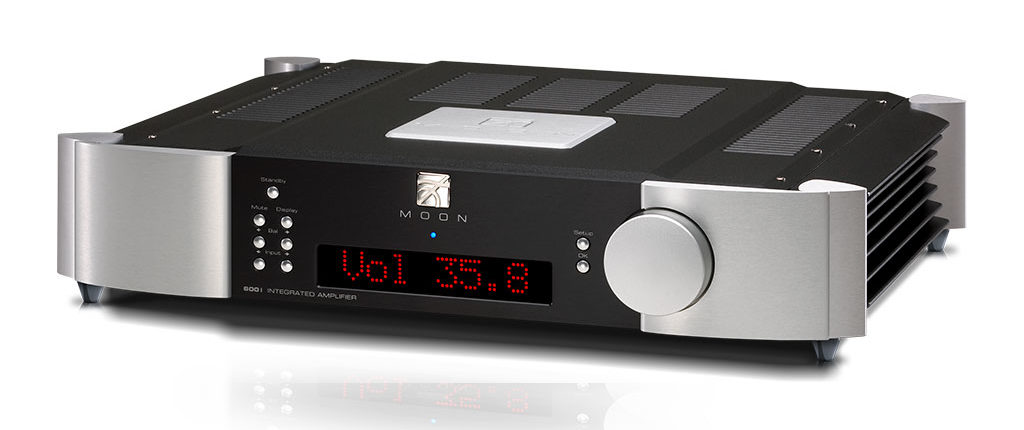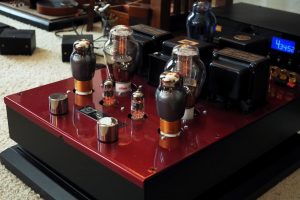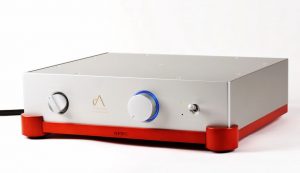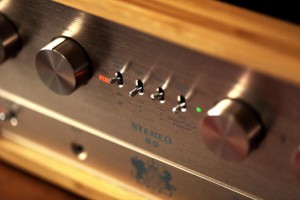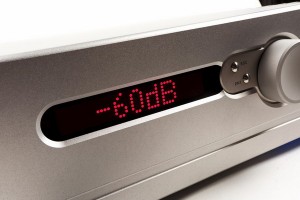Luxman Corporation of Japan celebrated its 90th anniversary in 2015. In late 2017 into early 2018, the high-end audio manufacturer introduced several new models to its already extensive lineup of preamplifiers, amplifiers, integrated amplifiers, source components, and cables, and established its own distribution in the United States. One of the introductions was the L-507uXII integrated amplifier, which represents the most recent iteration of this august Luxman model.
Decidedly retro in appearance, the L-507uXII breaks with the current minimalist trend in high-end audio by offering a full feature set, including tone controls, tape-monitoring facilities and VU meters for display of the amplifier's output level. In spite of its outward appearance and robust feature set, the L-507uXII employs numerous cutting-edge technologies. First and foremost, volume level is controlled via the Luxman Electronically Controlled Ultimate Attenuator (LECUA). The volume knob on the front panel of the amplifier, which resembles a potentiometer, is in reality just an encoder for a computerized, resistor-based stepped attenuator that enables the volume to be adjusted in 88 steps. This latest iteration of the LECUA, known as the LECUA 1000, is taken directly from the top-of-the-line Luxman C-900u preamplifier, and possesses a new 3-dimensional circuit layout, affording a direct connection between the attenuator and the amplification section. Luxman touts the LECUA's consistent sound quality at any listening level, as well as its durability and reliability over time. Following the LECUA, the L-507uXII makes use of a new discrete buffer circuit, also trickled down from the C-900u, that provides an optimal signal to the amplifier stage. The power-amplification stage utilizes a large EI-type power transformer and four large (10,000 microfarad) capacitors, along with direct-coupled loudspeaker terminals for improved damping factor. The key design component of the power-amplifier stage is Luxman's Only Distortion Negative Feedback (ODNF), here in its fourth iteration. ODNF allows the L-507uXII to judiciously employ negative feedback only on distortion components present at the amplifier's output. In doing so, the Luxman benefits from high slew rates, wide bandwidth and significantly reduced distortion, while realizing the advantages associated with no-negative-feedback circuits, such as preservation of phase fidelity. Parts quality is high, with Luxman using boutique parts in critical locations.
The Luxman L-507uXII offers the user a myriad of connectivity options and multiple mechanisms for tailoring the sound. The front panel contains, in addition to the expected input selector, with provisions for two balanced (XLR) inputs and four unbalanced (RCA) inputs, a dedicated phono input that allows for connection of moving-magnet or moving-coil cartridges. A tape-monitor loop is provided, along with the ability to select amongst two pairs of loudspeakers. Bass and treble tone controls are included, along with a loudness control for boosting bass and treble at low listening levels. In addition to the volume control, a knob for adjusting channel balance is provided. Of course, Luxman also enables the user to select a 'Line Straight' function that bypasses the tone and balance controls, as well as the loudness function. The user is also afforded the ability to separate the preamplifier section from amplifier. The L-507uXII includes a headphone jack for private listening. Aside from the aforementioned loudness function, the chunky aluminum remote control provides the ability to select a subsonic filter, presumably to reduce infrasonic frequencies that can be present on vinyl records, and the ability to convert all signals to mono. Last but not least, the Luxman includes two large, back-lit VU meters for displaying output level, along with a button on the remote control for dimming the back-lighting. The rear of the Luxman includes numerous RCA input / output connections of extremely high quality, along with two XLR connectors for the balanced inputs. A provision is provided for XLR-input phase inversion, to account for divergent geographical standards. High-quality five-way binding posts are provided for two pairs of loudspeakers, along with the requisite IEC power inlet. A nice touch is the inclusion of covers for all inputs / outputs for protection against dust and other foreign contaminants.
The L-507uXII is a large amplifier, measuring 17.32" wide by 17.87" deep by 7.01" tall, and weighing 55 pounds. Other specifications include a rated output of 110 watts per channel into 8 ohms, this almost doubling to 210 watts per channel into 4 ohms. Damping factor is a rated 260, and frequency response for the phono input is stated as 20Hz - 20kHz within a .5dB tolerance, with a 20Hz - 100kHz response for the line-level inputs, within a 3dB tolerance.
The Luxman L-507uXII arrived from the Luxman America distributor well-packed and double-boxed in sturdy cardboard cartons. Aside from the amplifier itself, the box contained the remote control with accompanying batteries, a utilitarian power cord, and a thorough and well-written user manual. Build quality and fit-and-finish were truly extraordinary, even for a component with the L-507uXII's price tag. Aside from having to wrangle the bulky and heavy L-507uXII into my audio rack, installation and set-up was very easy. Operation of the Luxman integrated throughout the review period proved flawless. One note of caution—with a specified idle AC draw of 86 watts, it is reasonable to assume that the L-507uXII is biased relatively richly into Class A operation, and indeed, while the amplifier never ran hot, it did get quite warm under normal operating conditions, so be advised that adequate ventilation is required. Having said that, the Luxman's sonics improved noticeably as it warmed up, and I typically left the amplifier powered up continuously to ensure optimum performance.
During the course of the review period, my system comprised the Marantz SA-10 SACD player, Audio Physic Tempo plus and Focal Aria 936 loudspeakers, Kimber Kable Kimber Select KS-1036 interconnects, Kimber Monocle X speaker cables, Audience aR2p-TO power conditioner and powerChord 'e' power cords, with room treatments by GIK Acoustics. All components were placed on a SolidSteel 6.2 Audio Table.
Every component has a "voice," and the Luxman L-507uXII integrated amplifier was no exception. In listening to the L-507uxII, I was struck by the purity and delicacy of its overall presentation. The big Luxman belied its physical bulk with a performance that was pellucid and incisive. The amplifier was possessed of extraordinary resolution, yet was paradoxically imbued with a continuousness and organic warmth that led to immersive listening sessions. A large part of this was due to the L-507uXII's midrange, which was liquid and dimensional, with a honeyed glow more reminiscent of tubes than typical solid-state. Listening to Suzanne Vega on "Those Whole Girls (Run in Grace)" off of her Days of Open Hand CD (A&M Records 7502-15293-2), I was mesmerized by the warmth and immediacy of her vocals as she sang over the sparse acoustic accompaniment. Likewise, Wayne Shorter's sax solo from the title track of Steely Dan's Aja SACD (Geffen UIGY-9591) possessed presence and verve, with spot-on tonality.
The L-507uXII likewise reproduced the treble range with a level of transparency and refinement that was unique in my experience. Cymbals, bells and other high-frequency instruments were reproduced with a clarity and ease that was utterly beguiling. Whether is was Joe Morello's cymbal work on the title track of Dave Brubeck's Time Out release (Columbia/Legacy CK65122), or Beth Orton's sibilants as she sang "This One's Gonna Bruise" from her Daybreaker CD (Astralwerks ASC39918), there was a level of see-through purity and accompanying lack of artifice that sounded less mechanical than with other amplifiers. And yet, this transparency never strayed into stridency, even on albums that were less-than-pristinely-recorded, such as Black Sabbath's Master of Reality CD (Warner Brothers/Rhino RR2 2562).
Being a high-current design, it came as no surprise that the Luxman integrated could dig deep and play with authority in the bass. What was unexpected was the accompanying textured and rounded signature, especially in the mid-bass. The L-507uXII expressed a hint of bloom in the all-important power range from the mid-bass to the upper bass that brought out the best in instruments like acoustic bass, as exemplified by Paul Chambers' double-bass playing on "Freddie Freeloader" from Miles Davis' Kind of Blue release (Columbia/Legacy CK 64935).
Rated at 110 watts per channel into 8 ohms, the Luxman effectively doubles its output into 4-ohm impedance loads, such as those presented by the Audio Physic Tempo plus and Focal Aria 936 loudspeakers. With both speakers, the L-507uXII reproduced macrodynamic contrasts with bone-crushing impact. Dynamic expression was effectively unhindered, and on Muddy Waters' classic Folk Singer release (MCA/Chess CHD-12027), the swell of Waters' voice as he sang on "My Home Is in the Delta" was unfettered and flowing, with no evidence of compression, no matter how loudly played. Likewise, Ozric Tentacles' "Sploosh" from their Strangeitude CD (I.R.S. 0777 7 13215 28) was dynamically explosive, which ultimately resulted in the track sounding alive and involving.
The only potential limitation to the Luxman's performance was in relation to its ability to recreate a soundstage. This is not to say that the L-507uXII was was a slouch in the soundstaging department. Far from it. The Luxman threw a wide, deep soundstage, populated with palpable images. However, image layering and focus within that stage was not as finely-drawn and tactile as I've heard from competing amplifiers.
During the course of this review, I compared the Luxman L-507uXII to the conrad-johnson CA150 control amplifier. Rated at 135 watts per channel into an 8-ohm load, the CA150 couples a passive preamplifier section with a high-sensitivity power-amplifier stage. Comparatively minimalist with respect to features, the CA150 has a multitude of source inputs and outputs, but does not provide tone controls, the capability for monophonic reproduction, or a built-in phono stage. In direct comparison, the Luxman and conrad-johnson integrated amplifiers, while not radically dissimilar in sonic signatures, diverged in a couple key areas. While the CA150 was in no way deficient in its reproduction of the bass registers, the L-507uXII possessed greater extension, slam and roundness. Dynamically, the Luxman sounded much larger and forceful than the conrad-johson, which countered with a touch more finesse in its overall approach. Both amplifiers were extended in the treble, but the Luxman reproduced high frequencies with even more air than the conrad-johnson. The L-507uXII and CA150 each excelled in the midrange, with the Luxman rendering voices with greater purity and warmth. The L-507uXII presented a wider, deeper soundstage, in comparison to the CA150's smaller, more-tightly-focused soundfield.
The Luxman L-507uXII integrated amplifier is the most robustly-constructed, and dare I say it, beautiful integrated amplifier that I've had in my system. With its myriad of features, tone controls and onboard phono stage, the L-507uXII is tailor-made for audiophiles who refuse to forego convenience for great sound. And what sound—the Luxman strikes that most elusive balance of transparency and musicality, successfully melding superior detail retrieval with a warmth and smoothness that encourages long listening sessions. While not inexpensive, the L-507uXII integrated amplifier nevertheless has to be considered a stone-cold bargain when its extensive feature set and class-leading sonics are taken into account. Well done, Luxman.
Luxman L-507uXII Integrated Amplifier
Retail: $6495
Luxman Corporation of Japan




